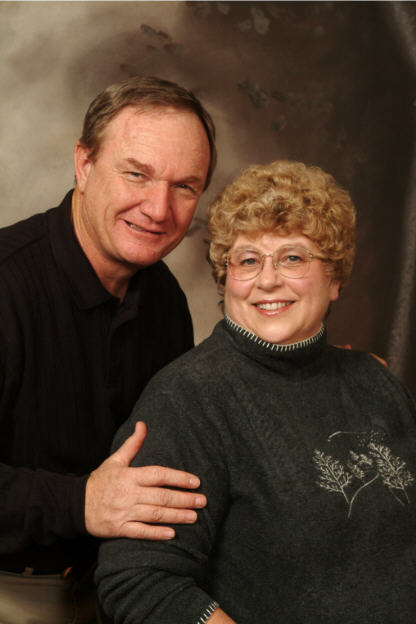
Some caves in the area.
1-15-08 p.m.
After leaving Jerash our bus headed to Mount Nebo, "Pisgah's lofty height," from where Moses was allowed to view the promised land, but he was not allowed to enter in. In these modern days it is so hazey that it is difficult to see much of Israel from there (See Deuteronomy 34).
We only spent a short time at Nebo and then it was on to the border crossing into Israel. The border crossing took about 90 minutes. What was interesting to me was that on the Jordanian side of the border I had no phone service, but immediately on the Israeli side I had service. I had talked to Verizon about my trip to Israel, saying nothing about Jordan, so they only gave me service in Israel. Interesting that even radio signals obey the border.
After crossing the border Qumran was our destination. It was here that the Essenes lived 2,000 years ago. The Essenes were a very conservative group of Jewish men who were dedicated to preservation of the Scriptures. They were very concerned with the accuracy of the transmission as well as the preservation of them. The Holy Land was a land of dynamic tension. In its history vast armies of great civilizations past through it, destroying many things. The Essenes wanted to make sure Scripture was preserved so they made copies and sealed them in clay jars and hid them in the numerous caves of the area. These would become the Dead-Sea Scrolls that would reveal the accuracy of Old Testament Scripture. Thank God for the dedication of these men--though it has recently been discovered that there were a few women in their ranks.
It has been thought that John the baptizer was one of their number. It is possible that he was as he carried on his ministry in the same wilderness. Perhaps he did pop in for a visit, but the Scripture does not tell us that he was. Certainly, John was a conservative! Our guide tried to tell us that the honey that John ate was date honey. In ancient times any thick sweet liquid was called honey. I remain unconvinced. What John ate was wild honey. If it is processed it is not wild.
It was twilite. We drove to Jericho, arriving after dark--it was disappointing after dark, but it was not much better seeing it in the day-light a few days later. We saw the tell, but really there is nothing much of historical value there. I think the builders of ancient Jericho used inferior contruction materials (mud-brick) so it just sort of melted away.
From there we arrived at the Olive Tree Hotel in Jerusalem at about 8:00 p.m. It had been a long day.
Grace&Peace,
Tom


No comments:
Post a Comment